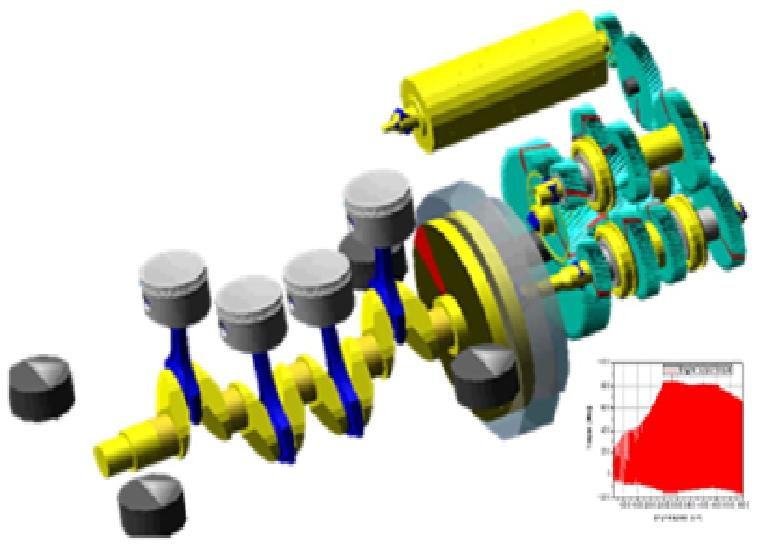FEV--professional engine software
Editor:AdminTime:2017-07-10 14:14:34
Powertrain Dynamics CAE Simulation Tool
FEV Virtual Engine is a software designed for powertrain development. The fine model with flexible body can support both traditional development projects and can be used to explore innovative designs:
Engine conceptual design evaluation
Virtual Design Verification
Failure analysis
Innovation system analysis
Based on the powerful ADAMS® platform
Virtual Engine uses the world's leading multi-body simulation software ADAMS ® core technologies, such as numerical integrators and basic pre-processing, post-processing technology.
Template-based architecture
In order to be highly automated in both standard parts and subsystems, and to support any innovative design, Virtual Engine uses a template-based architecture. With this architecture, Virtual Engine is a perfect combination of ease of use for single-use-specific software and the openness of multi-purpose software.
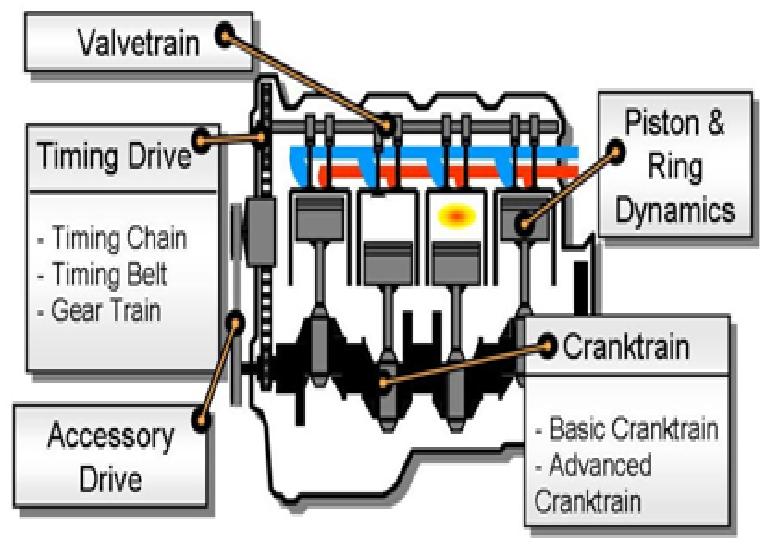
Modular
Virtual Engine modules represent the various subsystems of the engine. The "soft interface" provided in this way helps to build a modular model that is modular and compatible with the subsystems. Each module is independent and compatible, using the same solver. Thus, when the subsystems are assembled together, the equations describing the characteristics of the model are converted into a set of equations, unified with ADAMS® solver calculations - a unique solution that is not time-consuming and difficult to converge. This technology achievements Virtual Engine in the stability and rapidity of the outstanding advantages, to meet customers in today's research and development work one of the most important requirements, that is, fast computing.
Designed by Engine R & D experts
Virtual Engine is a plug-in for ADAMS®, and in its development process, R & D staff is more concerned with engineering and engineering related to engine development. Virtual Engine R & D team 100% by the senior powertrain simulation engineers: their requirements for all aspects of the software with other users focus exactly the same.
Basic crankshaft module
The open parametric modeling allows any form of cylinder arrangement to be achieved. Even the unconventional VR type or W type engine can be easily created quickly and easily.
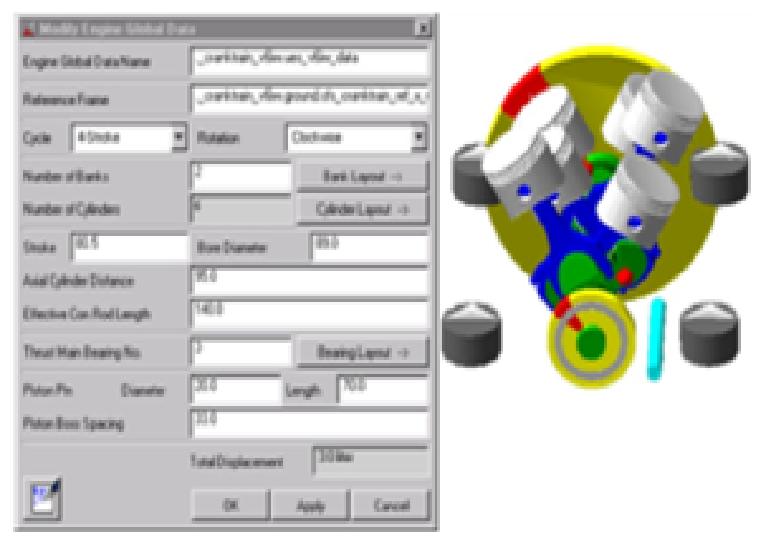
With the basic crankshaft module, the main parameters of the engine can be determined:
No load analysis: with heavy block arrangement, balance shaft layout
Torsional vibration analysis: basic design confirmation, shock absorber arrangement, flywheel arrangement
Beam unit crankshaft analysis: bearing load assessment, crankshaft basic design confirmation, ignition sequence optimization, etc.
Advanced crankshaft module
Automated flexible body integration technology can easily replace the parametric rigid body parts with a finite element structure of a compressed mode.
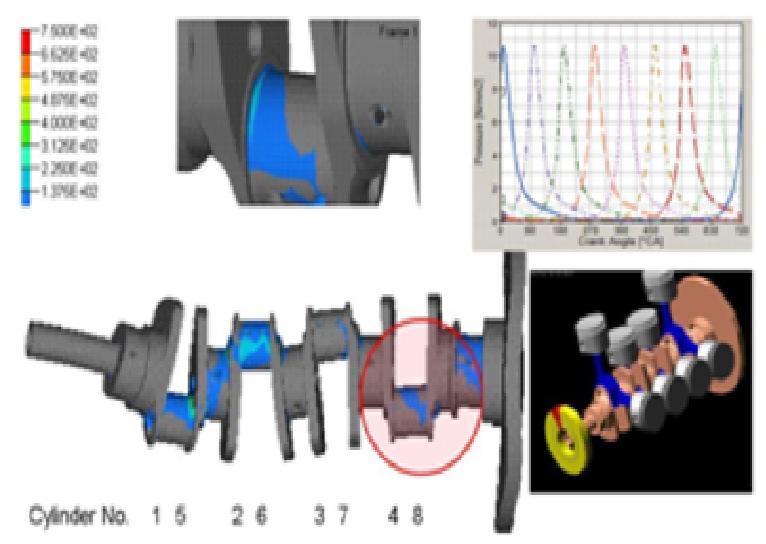
Typical applications for advanced crankshaft modules:
Durability Analysis and Virtual Design Verification of High Load Crankshaft
Elastic hydrodynamic bearings, high resolution pressure distribution and elastic deformation of parts
Analysis and Optimization of NVH Excitation
Valve mechanism module
The design of the gas distribution mechanism is the focus of almost all engine research and development. It has a very large impact on the engine's gas exchange characteristics, machine performance and fuel consumption.
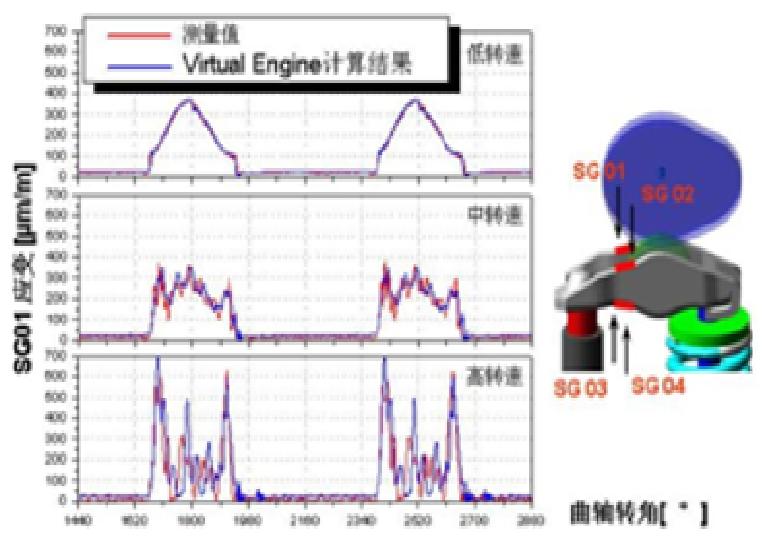
Kinetic analysis to identify key parameters:
Maximum permissible speed
Maximum valve seating speed
Dynamic Characteristics of Valve Spring
Friction and wear characteristics
Timing chain / timing belt / accessories drive and other modules
While reducing the inertia of moving parts, increasing the rated power of the engine will result in a significant increase in crankshaft speed fluctuations, especially for crankshafts with dual mass flywheels. Efficient fuel injection pump and optimized valve train will aggravate the drive system.
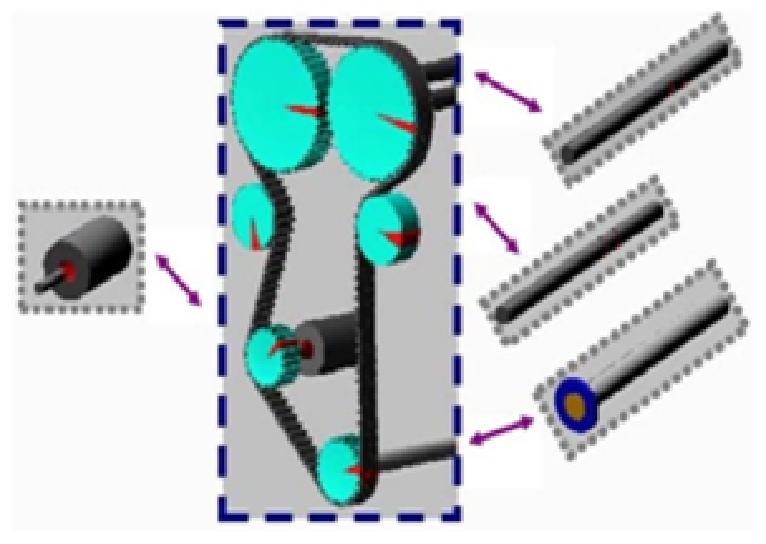
Timing and accessory drive analysis, to ensure the durability of the subsystem to identify the main noise incentive hidden. Typical optimization parameters are:
Drive the layout
Tensioner system
Guide plate or offset wheel
Timing optimization (eg fuel injection timing)
Chain, belt safety factor
...
Based on the openness and powerful modeling capabilities of Virtual Engine, many current belt drives, chain drives, start-stop systems use this module to analyze and optimize.
Gear module
Gear module support variable stiffness meshing calculation, widely used in engine and transmission development in the gear dynamics calculation, such as:
Gear percussion
Gear whistle, transmission NVH
Gear, shaft, box fatigue life calculation
Transmission shift simulation
